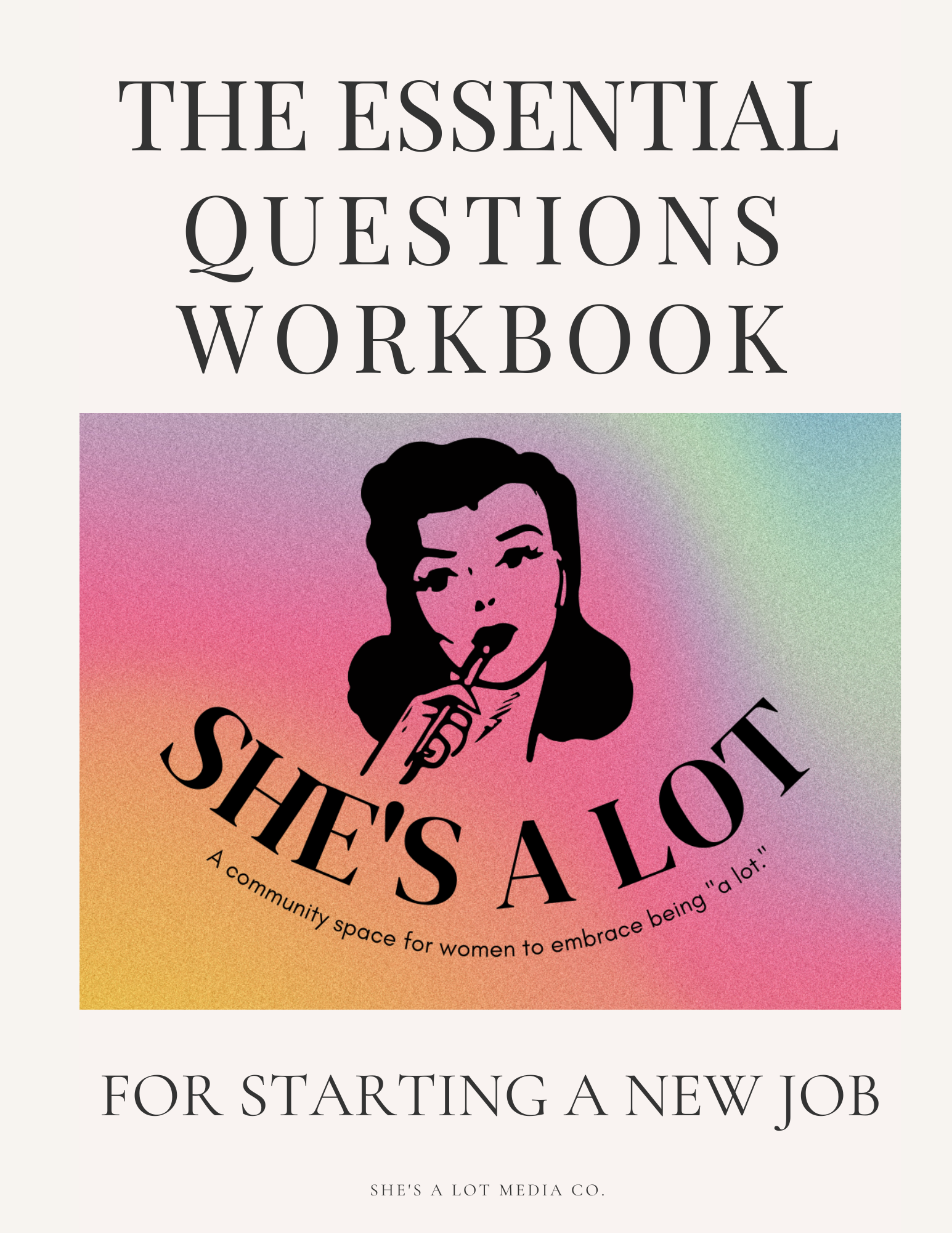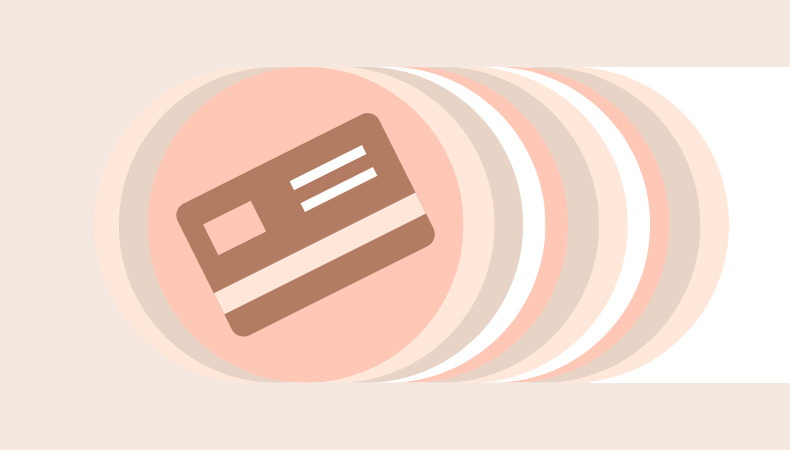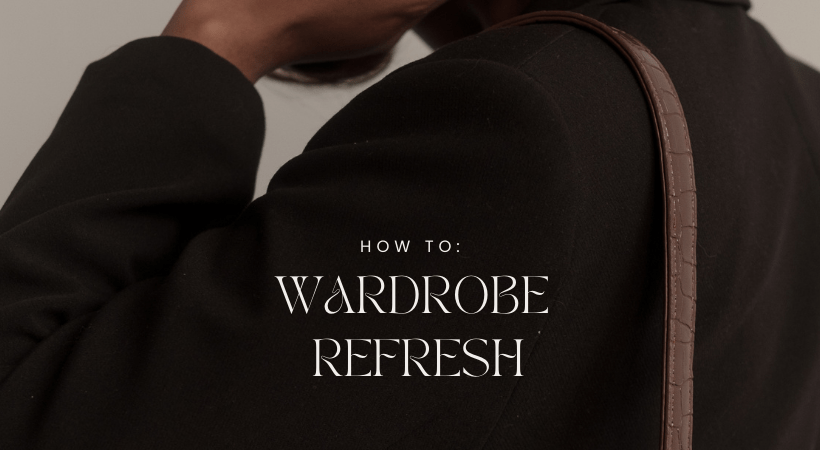
A closet refresh can be daunting, but it doesn’t have to be! This article will provide seven easy steps to help you clean out your closet. With a few simple tips, you’ll be able to make the most out of your closet space and find the perfect outfit every time.
What is a closet refresh?
A closet refresh is a great way to make the most of the clothes you already have. It involves going through your closet, removing unwanted or outdated items, and reorganizing the pieces you still want to keep. It’s also a great opportunity to try out new combinations of clothes and accessories you may not have considered. With a well-organized closet, you can maximize the potential of your wardrobe and make getting dressed easier and more enjoyable!
Many people associate a closet refresh with a massive overhaul of your style, done in one fell swoop. However, we recommend cleaning out your closet on an ongoing basis. This article will help you do an initial clean out of your closet and set it up to continuously monitor what you are and are not wearing.
How do I refresh my closet?
A good closet refresh consists of a few key objectives that will make your closet cleanout as effective as possible in the long run:
- Remove items no longer serving a purpose
- Get a clear picture of what you have in your closet and the style it currently reflects
- Identify what’s needed to bridge the gap between your current style and your desired style.
The seven steps in this article will help you refresh your closet so that you only keep what you love and can shop with more intention.
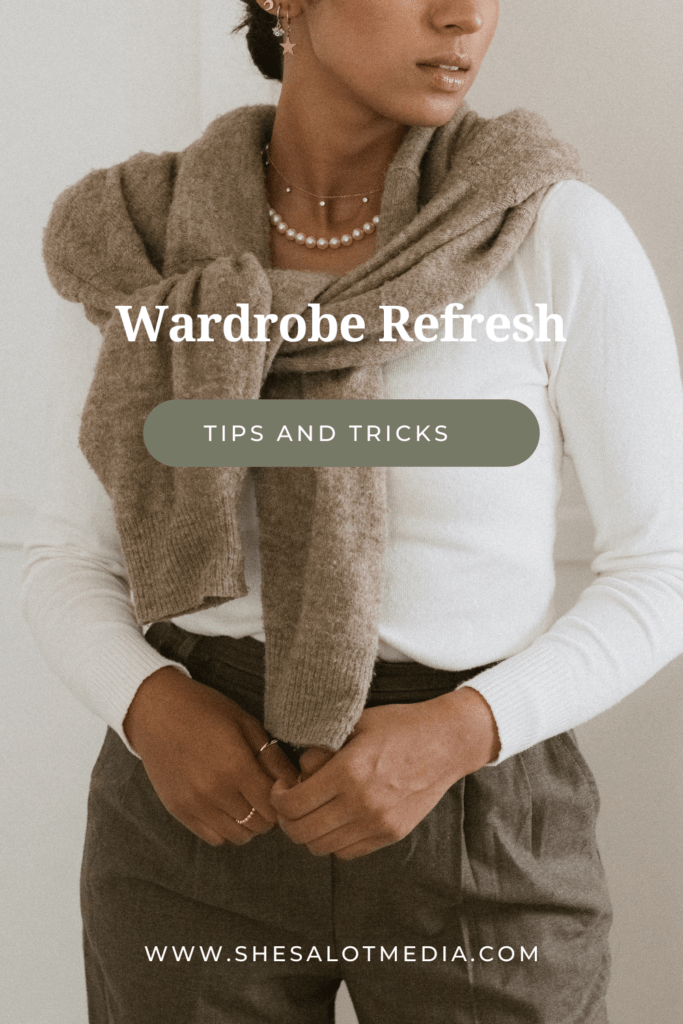
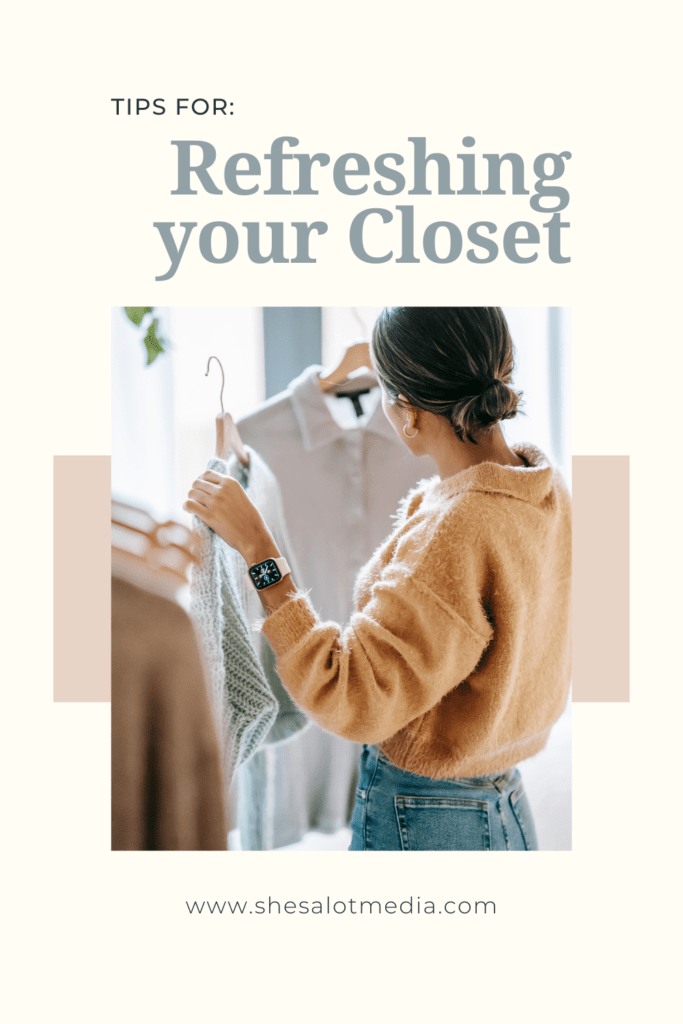
7 Steps for Cleaning Out Your Closet
1. Organize your closet by type of item
When cleaning out your closet, it’s easy to get overwhelmed. It’s almost impossible to decide what to keep, what to toss, and what to add when you aren’t even sure what you have. Organizing your closet by type of item is a great way to maximize storage space, save time, and create a more efficient system.
Additionally, when you can easily see all the items in each category, it allows you to take inventory and ensure that you don’t run out of any essential items. Organizing your closet by type of item – short sleeve shirts, then long sleeve shirts, jeans, trousers, etc., will help you get a clearer picture of what you have. From there, if you notice you have a lot of white t-shirts, for example,
2. Donate or sell items you don’t love
Clearing out the items you know you no longer love and have not worn in the past 6+ months will open up physical and mental space as you continue cleaning out your closet. Not sure if an item should stay or go? Use these questions to help you decide:
- Have you worn it in the past six months?
- Can I name at least three specific items I’d wear this item with/outfits I’d make with it?
- Do I have a similar item that I prefer/is in better condition?
- Is this item worn out, stretched out, faded, or coming apart?
If your item is in good condition and you still feel uncertain about letting it go, keep it for now. Step three will help you determine if you should really keep it.
3. Turn hangers backward for “maybe” items
Turning the hangers in your closet backward is a great way to keep track of the items of clothing you have worn and haven’t worn. Every time you wear something, simply turn the hanger around, so you know what has been worn and hasn’t. It also helps you to easily identify items in your closet that you may not use regularly, so you can consider donating them or using them more often. Overall, this is an easy and effective way to keep your closet organized and ensure you use all the items within it.
4. Take note of patterns
When it comes to taking note of the patterns in the type of clothing in your wardrobe, it is important to be mindful of the styles and colors that you are drawn to. Now that you’ve removed the items you don’t wear, you can start analyzing what’s left. Start by taking inventory of what you have in your closet – this is where organizing by the type of item will be helpful.
From there, you can observe what items you have the most of and what clothing you are missing. Taking note of patterns will help you to create an organized wardrobe that you can use to express your personal style. For example, if you notice you have a lot of maxi dresses but very few short dresses, this can inform your future shopping. This might indicate that you need to focus on getting more short dresses. Alternatively, it might indicate that short dresses are not your style (no matter how much you try to wear them). If this is the case, it’s best not to force it and to avoid that style during shopping trips. The same goes for prints or colors. If you’re always tempted to buy an exciting printed top while shopping but end up reaching for that same basic t-shirt from your closet each day instead, it’s probably time to face reality and stop buying loud prints!
5. Identify gaps in your closet
Once you’ve identified the types of clothes already in your closet, you can begin identifying what’s missing. This list of items will likely be a combination of essentials you’re missing – like a white tee and more styled pieces that elevate your wardrobe.
Keep in mind the patterns you took note of in step four to avoid making the same shopping mistakes you have in the past. If you rarely reach for the several pairs of wide-leg pants you bought when they were trendy, avoid that silhouette in your future shopping! Likely, it doesn’t suit you or make you feel good when you wear it. Conversely, if you already have five different striped shirts, for the love of god, don’t buy anymore! Unless you’re willing to part with some of your more worn-out striped shirts and look for a replacement, you don’t need more of the same type of item, no matter how much you love it. Some common items you might be missing include:
- A good blazer or sweater blazer
- Basic shirts that can pair with anything
- An everyday denim
- A little black dress
- An elevated sweatshirt (we love this one)
6. Make a closet refresh wish list
Creating a closet wish list is a great way to stay organized and keep track of the items you’d like to purchase for your wardrobe. Start by listing items in your closet that you already own. You can create a wish list of items you’d like to add based on the gaps you have already identified. This could include staple items like blazers and jeans or trendier items like a new pair of shoes.
Organize your wish list into categories to prioritize which items to purchase first. Keep track of prices so you’ll have everything you need when you’re ready to shop. Using a list over a longer period, rather than rushing out to buy everything at once, will ensure that you only buy items you’re really sure about. If shopping online, link the item you’re considering and don’t click “add to cart” for at least three weeks to ensure you’re not spending impulsively.
7. Choose your investment pieces
As you begin filling the gaps in your wardrobe, you should do your best to focus on high-quality pieces. This way, you won’t end up with a closet full of no longer-trendy, stretched-out, worn-out pieces again. However, unless you’re rolling in dough, you probably can’t afford to buy the highest quality of every item. Not in this economy! That’s why deciding which pieces from your wish list are worth an investment is essential. Focus on items you’ll get a lot of use out of and want to last you a long time.
When investing in pieces for your wardrobe, it’s important to remember that quality matters. Choose items that are made of durable fabrics and materials, and pay attention to the design details. Look for timeless pieces that you can style in multiple ways and won’t quickly go out of fashion.
Consider investing in a few versatile layering pieces, and opt for items you can dress up or down. Your own personal budget and priorities will determine how many pieces you invest in. Whether investing in one piece or 10, it’s crucial to avoid poorly made and overly trendy items. This will keep your wardrobe from descending back into chaos.

